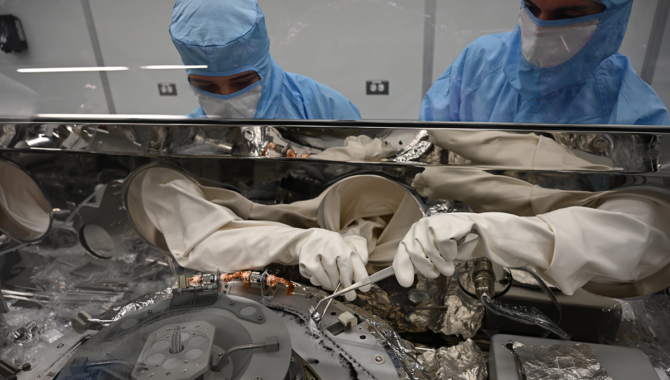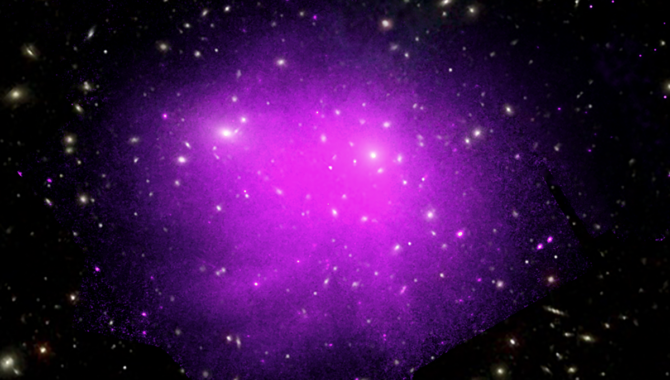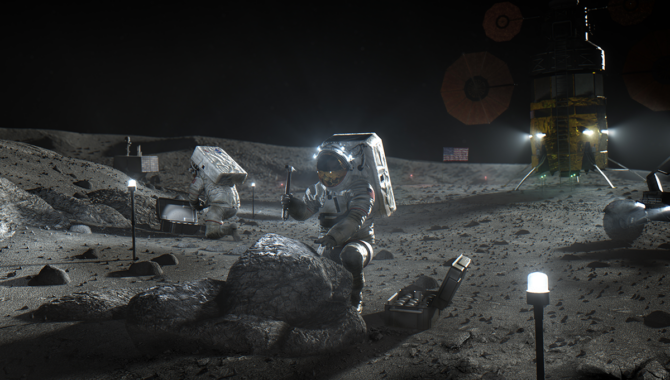
NASA Prepares for First CLPS Missions
Read More
Commercial landers will deliver science payloads in 2024.

Commercial landers will deliver science payloads in 2024.

Asteroid regolith rich in carbon, contains water-bearing minerals.

First landing marks the start of concentrated exploration.

Difficult summer highlights data NASA collects on Earth’s climate.

New telescopes designed to address pressing mysteries in astrophysics.

Landsat 1 demonstrated the value of multispectral scanner technology.

Space telescope reveals key details of early galaxies, exoplanets.

Technology builds understanding of Crater constellation.

NASA aims to create a blueprint for sustained human exploration of solar system.